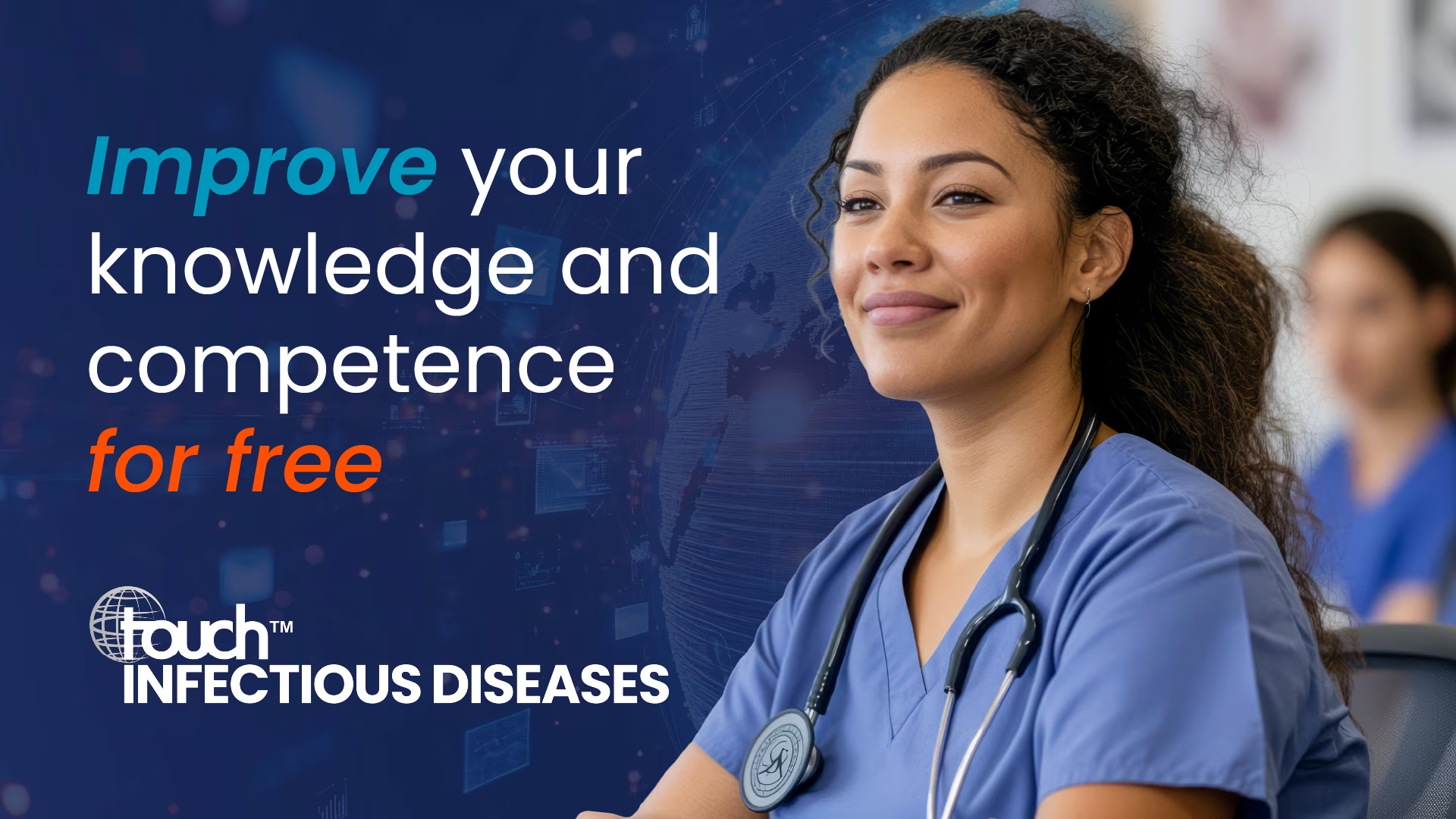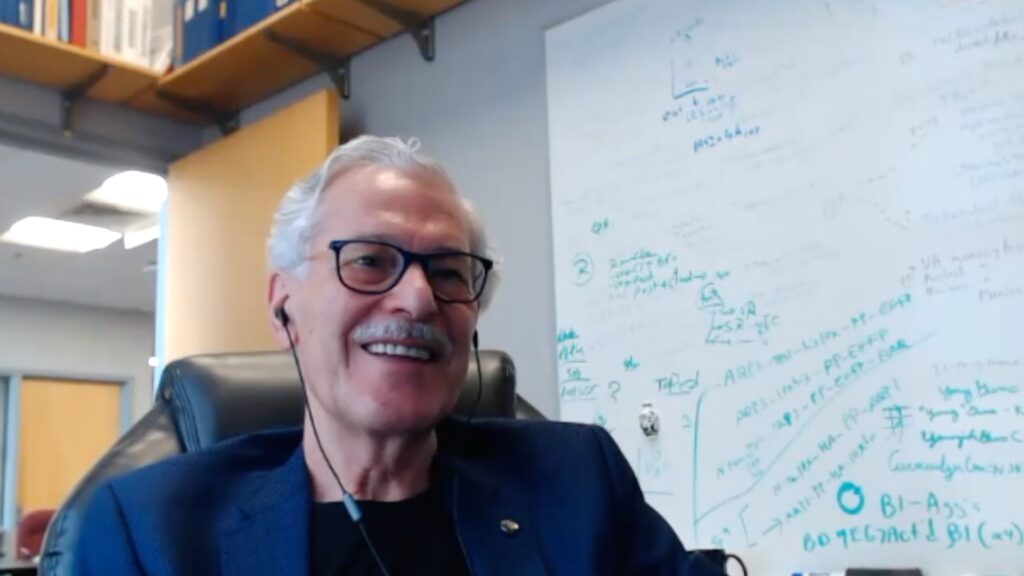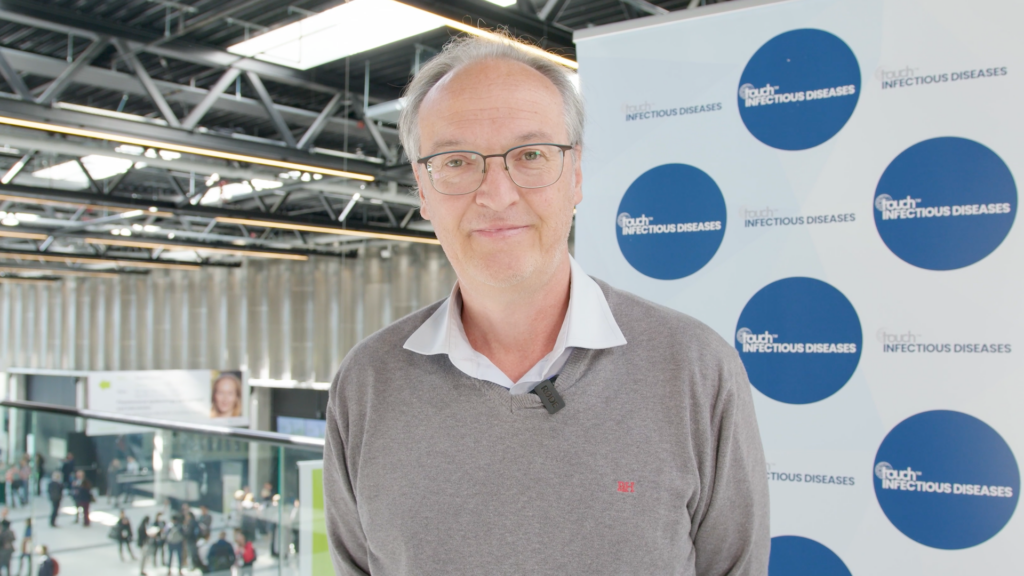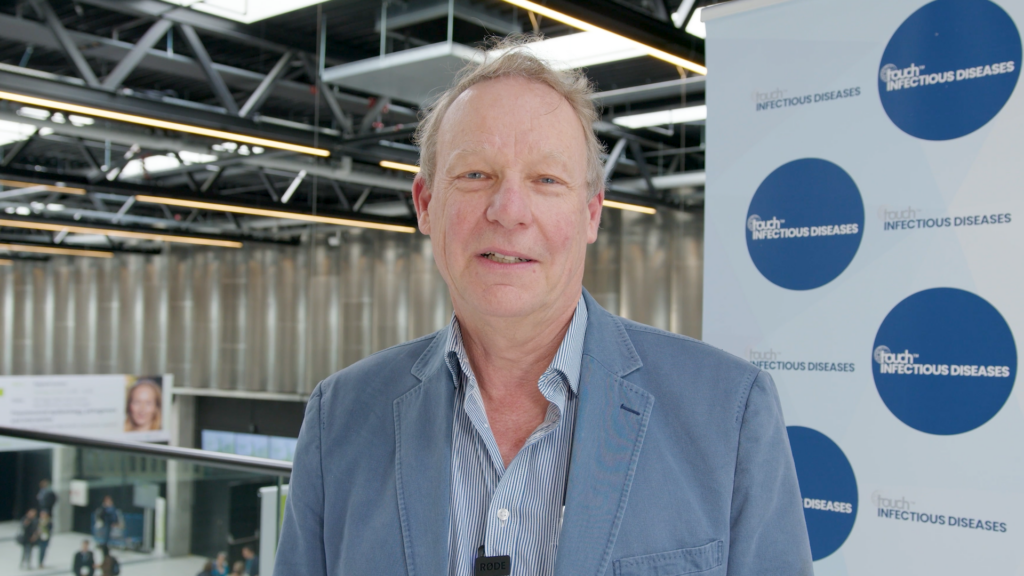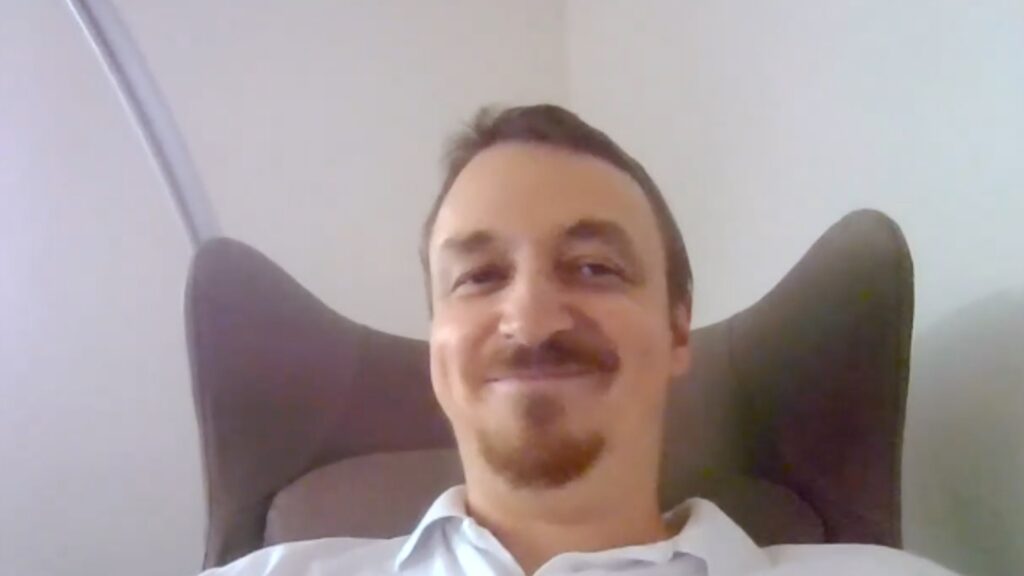
“Theoretical knowledge is only useful if you can apply it in practice”
Dr Jon Salmanton-García (University of Cologne, Germany), shares insights from his recent work exploring invasive fungal infections in low- and middle-income countries. He highlights the practical challenges of diagnosing and treating these diseases in resource-limited settings. Drawing on studies in Peru and Honduras, he discusses the importance of bridging the gap between theoretical training and real-world application. He also reflects on emerging research presented at ESCMID Global 2025, particularly the value of early-career contributions and the often-overlooked complexities of fungal infections. His perspective underscores the need for cross-sector collaboration to improve diagnostic access and patient outcomes.
Q1. Invasive fungal infections are a major public health concern in low- and middle-income countries. What are the challenges associated with delivering effective diagnostic and treatment resources?
The challenges of diagnosing and treating invasive fungal infections are also present in high income settings. However, in lower resource settings, access to both diagnostic tools and antifungal treatments is a significant additional barrier. While international guidelines often outline ideal approaches to diagnosis and management, the reality on the ground can be very different – many centres simply do not have the tools required to follow these recommendations.
Basic diagnostics such as microscopy and culture are generally available. However, more advanced methods like antigen or antibody detection and molecular testing are often entirely absent – not just in individual centres, but in some cases across entire countries. Importantly, these limitations are not restricted to the poorest nations. Even countries classified as middle income by the World Bank may lack widespread access to essential diagnostic resources for fungal infections, and the same is true for antifungal treatments.
As a result, many patients are never properly diagnosed. In some cases, misdiagnosis leads to inappropriate treatment – for example, histoplasmosis may be mistaken for tuberculosis due to overlapping clinical features and limited diagnostic capacity. This can delay or prevent effective treatment, with potentially fatal outcomes.
Q2. Please summarize the key-take aways from your studies in Peru and Honduras
The key takeaway from our studies in Peru and Honduras is the need to move beyond theoretical training and ensure that knowledge can be applied in practice. While there is strong emphasis on education, it becomes limited in impact if healthcare professionals do not have access to the necessary diagnostic tools.
Microscopy and culture are generally available and can be supported through training, but they have limitations. Microscopy requires considerable expertise, and cultures can take several days to yield results. Faster, more advanced diagnostic methods are needed to improve patient outcomes.
Our findings highlight the importance of collaboration – particularly with industry, which could support tailored programmes for low and middle income countries, and with academia, which might help by providing or facilitating access to diagnostic tools. Expanding treatment access is more complex due to regulatory and cost-related challenges, but improving diagnostic capacity is a critical first step.
Ultimately, addressing these gaps will require a joint effort across sectors. The responsibility does not fall on one group alone – it is a shared task involving healthcare providers, researchers, institutions and policy-makers.
Q3. Please share your highlights and most important top trial results and hot topics from ESCMID Global 2025
Since beginning my research collaborations with low- and middle-income countries, I have become particularly interested in data emerging from these settings. Research from high-income countries often reflects ideal conditions, but this is not always the reality on the ground. It is important to understand not only the latest advances and methods, but also what is actually available and being used in routine care.
One of my favourite parts of ESCMID Global is the poster session and I find this space incredibly valuable. It is full of unexpected insights and hidden gems that often go unnoticed. For example, I remember a poster at another conference describing an outbreak of superficial fungal infections linked to poor hygiene practices in barbershops in Germany – a small but fascinating finding.
I have a strong bias toward fungi, having done my PhD in this area, and I find they often hold surprises. While many focus on bacteria or viruses, fungi deserve more attention. I am especially interested in what early-career researchers are presenting. Their work is often fresh and creative, even if it never reaches publication. For me, that is one of the most rewarding aspects of the conference.
About Jon Salmanton-García
Dr Jon Salmanton-García holds a PhD in Health Sciences from the University of Cologne and has published numerous scientific articles while presenting his work at national and international congresses. He serves as the scientific coordinator of the EPICOVIDEHA registry, which investigates respiratory viral infections in hematological patients, and leads the Diagnostic and Treatment Capacity of Invasive Fungal Infections initiative. Additionally, he has held leadership roles in European medical associations, contributing to advances in infection management for vulnerable populations.
Interviewer: Caroline Markham
Disclosure: Jon Salmanton-García disclosures grant/research support from AstraZeneca. He is a member of the Advisory Board Pfizer. He has received honoraria/honorarium from Menarini. He is a Speaker’s Bureau participant with Gilead, Pfizer and AstraZeneca.
Cite: #ESCMIDGlobal2025: Tackling fungal infections in LMICs with Dr Jon Salmanton-García. touchINFECTIOUS DISEASES. April xxx, 2025
SIGN UP to touchINFECTIOUS DISEASES!
Join our global community today for access to thousands of peer-reviewed articles, expert insights, and learn-on-the-go education across 150+ specialties, plus concise email updates and newsletters so you never miss out.
